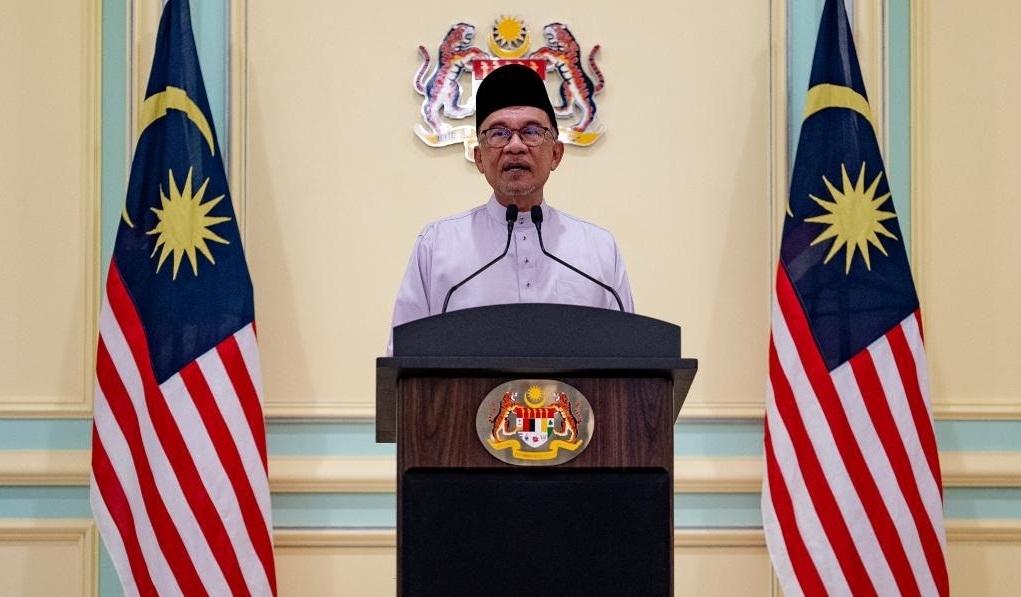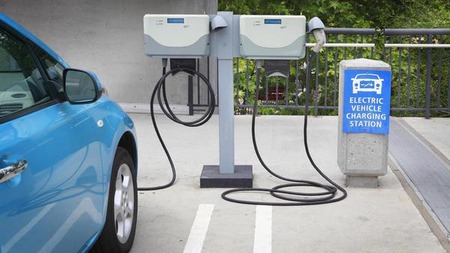These detect narrower bands than more common multispectral satellites, making it easier to tune to the specific signature of methane and filter out noise…reports Asian Lite News
A team of researchers have developed a tool to automatically detect methane plumes on Earth from orbit using machine learning with hyperspectral data.
This could help identify excessive “super emitters” of methane and enable more effective action to reduce greenhouse gas emissions.
Although Net Zero targets focus on carbon dioxide (CO2) emissions, combating methane emissions is 80 times as effective in trapping heat as CO2. Acting quickly to reduce methane emissions from anthropogenic sources would therefore have an immediate impact on slowing global heating and improving air quality.
Until now, however, there have been only very few methods to readily map methane plumes from aerial imagery and the processing step is highly time-consuming.
This is because methane gas is transparent to both the human eye and the spectral ranges used in most satellite sensors.
Even when satellite sensors operate in the correct spectral range to detect methane, the data is often obscured by noise, requiring laborious manual approaches to effectively identify the plumes.
The new machine-learning tool developed by researchers from the University of Oxford in partnership with Trillium Technologies’ NIO.space, overcomes these issues by detecting methane plumes in data from hyperspectral satellites.
These detect narrower bands than more common multispectral satellites, making it easier to tune to the specific signature of methane and filter out noise.
However, the amount of data they produce is much larger, making it challenging to process without artificial intelligence (AI).
The researchers trained the model using 167,825 hyperspectral tiles (each representing an area of 1.64 km2) captured by NASA’s aerial sensor AVIRIS over the Four Corners area of the US. The algorithm was then applied to data from other hyperspectral sensors in orbit, such as data collected from NASA’s new hyperspectral sensor EMIT (Earth Surface Mineral Dust Source Investigation mission) which is attached to the International Space Station and provides near-global coverage of the Earth.
Overall, the model has an accuracy of more than 81 per cent for detecting large methane plumes, and was 21.5 per cent more accurate than the previous most accurate approach. The method, published in the journal Scientific Reports, also had a significantly improved false positive detection rate for tile classification, lowering it by about 41.83 per cent in comparison with the previous most accurate approach.
The researchers are now exploring whether the model could operate directly onboard the satellite itself, allowing other satellites to conduct follow-up observations as part of the NIO.space initiative.
“Such on-board processing could mean that initially only priority alerts would need to be sent back to Earth, for instance a text alert signal with the coordinates of an identified methane source,” said lead researcher Vít Ruzicka from Oxford’s Department of Computer Science.
“Additionally, this would allow for a swarm of satellites to collaborate autonomously: an initial weak detection could serve as a tip-off signal for the other satellites in the constellation to focus their imagers on the location of interest,” Ruzicka added.
ALSO READ-Apple to Bolster UK Workforce in Push for Artificial Intelligence Advancements














